
When I was a new teacher, I dreaded teaching writing. I am embarrassed to admit that I actually got excited about a fire drill because it gave me an excuse to skip our writing time for the day.
The reality is that I had no idea how to help students become better writers. No one taught me that in college! My lessons were too broad and I really struggled with how to give feedback to my writers. I would look at their writing and panic because I didn’t know what to say to help them grow as writers.
Do you struggle with giving your writers helpful feedback?
These concerns are voiced every day by teachers in my Facebook groups.
Today’s I’m sharing tips and tricks to help you give more effective feedback without making yourself crazy trying to read 25 writing samples every week.
Focus on Content, Not Mechanics
One of my most common mistakes, when I started teaching writing workshop, was correcting all the spelling and grammar errors I could find. Often teachers focus on mechanics because it’s easy – misspelled words, missing periods, incomplete sentences—those things are easy to spot and correct. And, for most of us, this is how our teachers graded our writing.
Also, seeing tons of red marks is very discouraging to writers. Writing isn’t easy for many kids, you don’t want to discourage them from doing hard work.
Instead of focusing on mechanics, we should be focusing on the content. We need to focus on leads, details, strong opinion statements, using evidence, creating suspense and so on. These types of skills generally make up about 80% of the points on most writing rubrics. Giving students feedback focused on these skills will have the biggest impact on student growth!
Yes, I do teach my students to edit their writing. (You can read more about that HERE.) But, I don’t spend much of my feedback time worrying about spelling and edits because I know that feedback on the content will help my students to improve and grow faster.

Giving students feedback doesn’t have to be complicated.
When I first started teaching, I felt that I needed a long and brilliant response to every piece of writing. I spent tons of time on these responses. It stressed me out and it probably discouraged my writers as well.
The truth is that giving students feedback can be super simple.
Formative Feedback
For formative feedback try using a sticky note. Students can write the best example of their work on the sticky note. During their independent writing time students might have been tasked with writing three possible leads for their report. At the end of their writing time, they can put their favorite one on a sticky note. You can walk around the room, check for completion, and compliment students.
Oral Feedback
For oral feedback, focus on the topic of the most recent lessons. Perhaps you did a lesson yesterday about adding dialogue to your writing. Have students read one example of dialogue that they added. Don’t focus on any other skill. This keeps the feedback super focused, meaningful, and simple.
Summative Feedback
For summative feedback use a super simple rubric to guide your feedback. This helps you focus on content over mechanics. The rubric also provides you a place to leave very short notes or comments without marking up a student’s work.
Click HERE to grab some free rubrics.
How to Give Feedback
Keep comments 1:1. Give one positive comment for every negative comment. It is important to start and end with positive comments that encourage students. Think of it as a feedback sandwich.
Be specific. Don’t say that something is awkward or confusing. Instead give a specific example to help writers better understand how to improve their work.
Ask lots of questions. This encourages the student to reflect on their writing and come up with their own solutions. We really want students to be problem solvers!
Respond as a reader. Resist the urge to rewrite sentences or paragraphs for your students. That makes you the writer. Instead ask a question or leave a note that encourages the writer to do the rewrites themselves- even if they won’t be perfect! Perfection should not be the goal.
Focus on the skill you are currently working on. You don’t need to give a laundry list of things they can do to improve the writing. Staying focused on one or two skills will help students learn how to implement each strategy. It is easier to retain this information.
What to Say
But Jamie, what exactly should I say?
When giving feedback on drafts, you want to encourage your students to write more and to practice the skills you are working on.
Prompts like:
- What is your favorite part of the story?
- Who do you think would like to read this story?
- What is your main character’s problem?
- How does your main character solve the problem?
- Can you add some more details here so I can “see” what’s happening?
- Can you tell me more about what your characters are thinking or feeling?
- Where is your story set? Why is the setting important?
Questions beginning with who, what, where, why, and how . . .
- What mistakes does your character make in the story?
- What else can you tell the reader?
- I’m curious about…. Can you some more information about that?
- Readers like to read “interesting” words. What interesting words could you use instead of this boring word?
- I don’t understand why your character said/did that? I don’t understand how this sentence connects to the last one? Can you explain some more?
- How does this evidence support your point?
- What other evidence could you add to make your argument stronger?
- Do you think this point helps or hurts your argument?
- What do you think your best sentence is?
- Can you rewrite this sentence to make your ideas more clear?
- Where can you add some transition words?
This is an excellent example of…
- I love your description of …. I feel like I am in the story.
- You did a great job with. . .
- I was wondering if . . .
- I enjoyed ____ because…
- Don’t forget to …
When passing back a final copy, you want to offer praise and focus on any growth the student has made.
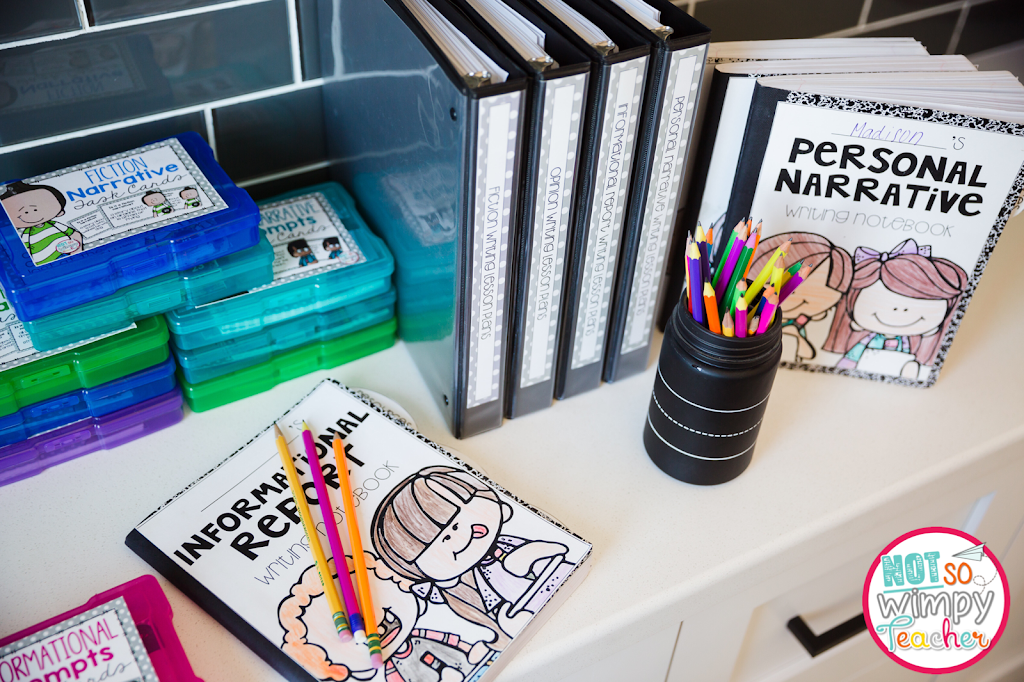
Save-Time and Give Great Feedback
You may be worried about how to give feedback to 25 or more children every day. I know that I was!
If you are currently running from desk to desk trying to meet with all the kids individually you are probably exhausted. Students are raising their hands and you are racing around the room trying to answer every question and meet every need. The problem is that some students receive lots of feedback while other receive very little because they aren’t waiving their hand in the air.
Group conferences are a great way to help several students at once. This makes your job easier and takes considerably less time.
Break your class into small groups that are similar in their writing level and needs. Assign one group to each day of the week. Doing this will mean that you can meet with every student once per week.
The conference should be very short and only focus on one skill. Having students read aloud just a small portion of their writing that pertains to the skill that you are giving feedback on with keep the meeting short.
Learn more about group writing conferences here.
Writing Units
Are you looking for effective writing lessons that are simple to implement? We have you covered!
These units include:
- daily lesson plans that save you time
- anchor charts that don’t require hand lettering
- student printables that can be printed or completed digitally
- mentor text passages that save you tons of money buying books
Shop This Post
I can’t wait for the day your students cheer when it is time for writing workshop. Your time is coming, my friend!
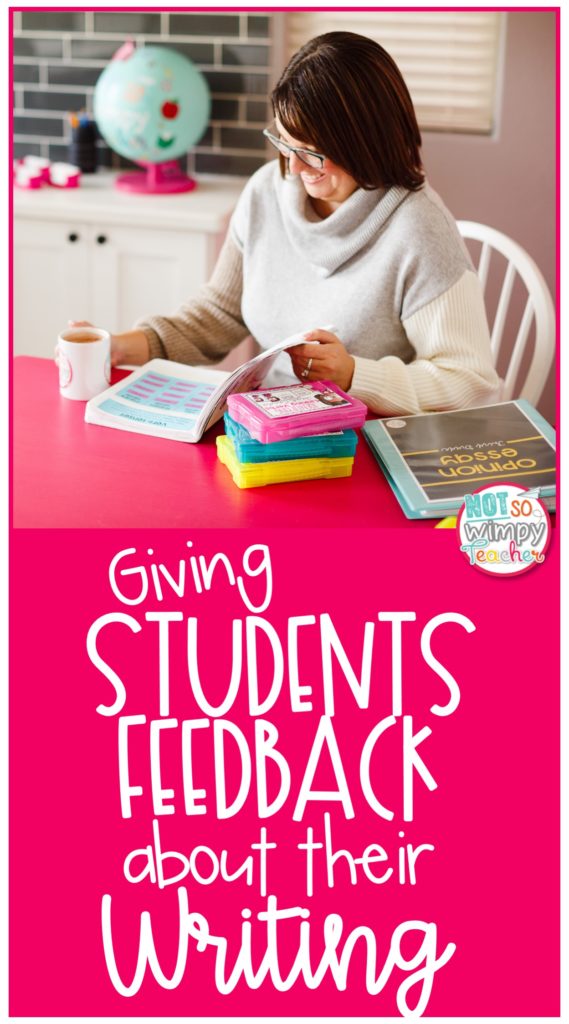
Have a Not So Wimpy Day,


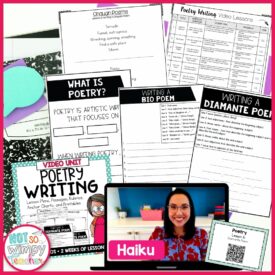



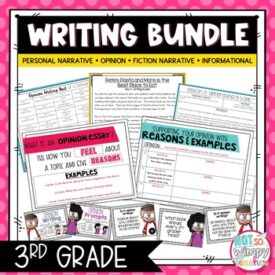

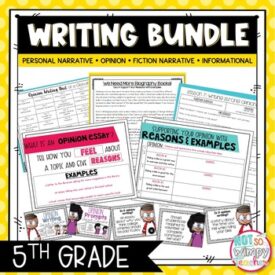

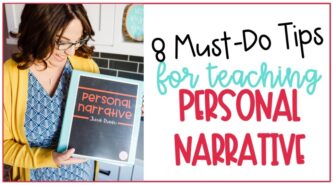
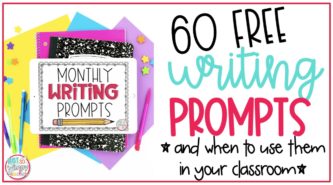












 End of Year Carnival Week for grades 2-5!
End of Year Carnival Week for grades 2-5!
where would I find lesson plan for the year?
Hi Jignesh,
You can sign up to receive a guide to what to teach in writing using this link: https://notsowimpyteacher.ck.page/2f8ea29f49
You can also sign up for the pacing guide using this link: https://notsowimpyteacher.ck.page/a2ec1bed99